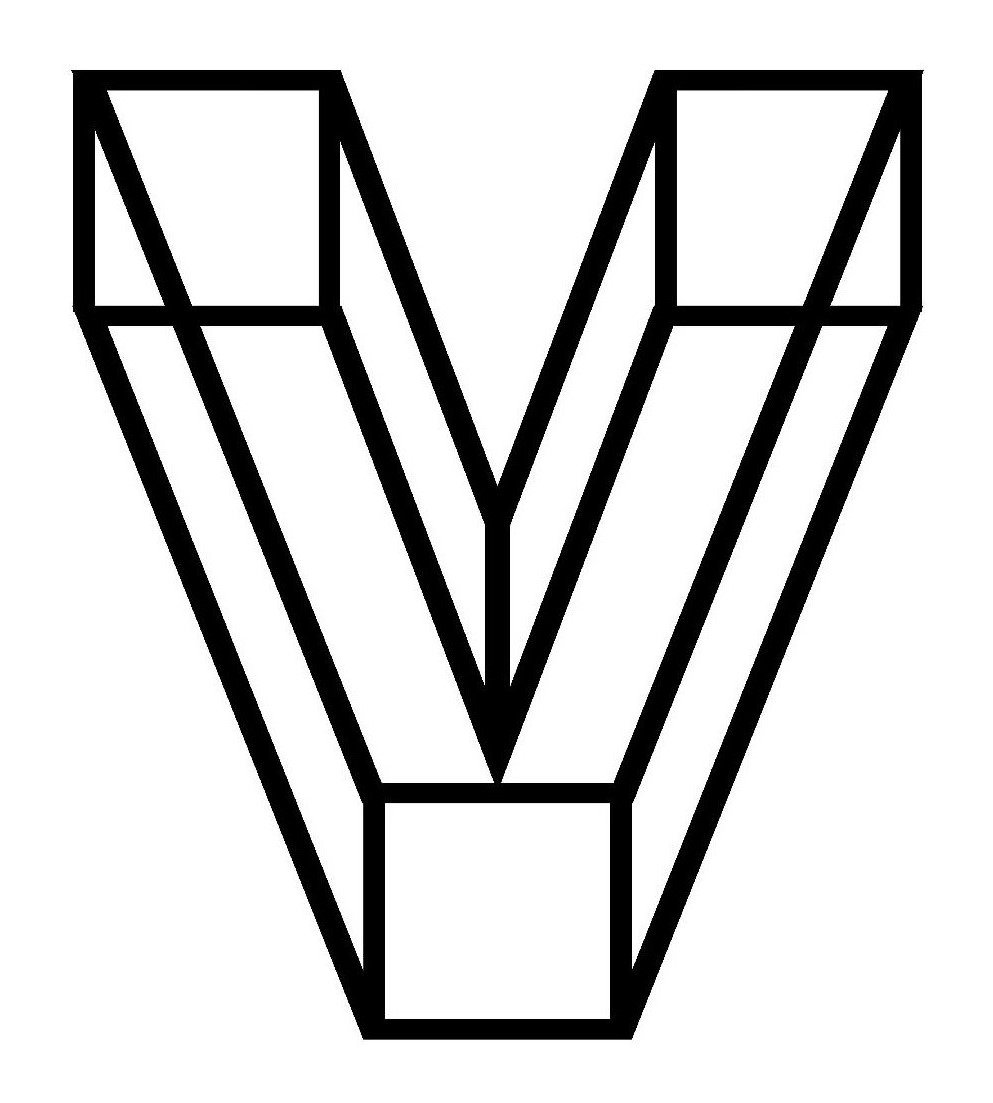SPENT LIGHT by Lara Pawson — reviewed by Thomas
Humans have continued to evolve, he thought, by making objects that are extensions of themselves, extensions not only in a physical and practical sense but in a mental sense also. Thinking is done mainly outside my head, he thought, my memories and intentions are embodied in and enacted by the great commonwealth of objects in which I hang suspended, displacing my volume perhaps, but entirely at the mercy of objects that mediate my every experience and over which I have only very narrow and limited control. These objects grasp me more tightly than ever I could grasp them, he thought, they define the scope of my thoughts and actions, they call to each other through the qualities they share with each other, and they bind me to all the other people similarly caught in this inescapable infinite web of objects. I am caught, he thought, I am connected through objects to everyone and to everything that everyone does with any object anywhere. I am not sure that I like this. Through the objects around me, both useful and ornamental, through these objects’ connections with and similarities to other and yet other objects, I am implicated in all actions committed by all humans using objects that embody intentions, that are made for a purpose or suggest themselves as suitable for a purpose, that are available for the use of humans, that press their purpose on the minds of humans. We are all connected through objects because all objects are connected. “Everything in this damned world calls for indignation,” states the protagonist, so to call her, of Lara Pawson’s excellent little book, Spent Light. Although the ostensible scope of the book is entirely domestic and simple and small and plausibly claustrophobic, the quotidian household objects that she considers, objects that are seldom considered but merely used, reveal, by similarity, connections with objects used in and enabling acts of violence, injustice and exploitation committed on both humans and the environment anywhere in the world. A pepper mill is connected to a grenade, an egg timer is the same mechanism used to detonate a time bomb, on the toaster given to her by her disconcerting neighbour “above each light is a word printed in the same restrained font found in CIA documents. Together, they form a synopsis of the anthropocene: REHEAT DEFROST CANCEL”. Every characteristic of every thing twitches a web of association and resemblance often leading to her memories or at least knowledge of despicable actions committed with similar objects or implicated by the functions of her objects somewhere distant or else. These associations often reveal Pawson’s close observation of cruelties from her time as a war reporter in parts of the world seemingly different from but in fact not unconnected with her current rather domestic existence. But although the reader never knows when they will next be shocked by Pawson’s association of an object, an object that they very likely have themselves or which is very similar to an object that they have in their own intimate environment, with an act of cruelty, torture or genocide, an association that may change forever the way that the reader looks at their own object, the same world-wide web of objects that links us to these acts contains also associations that connect us, despite or because of the objects that we own, with others in acts of support, nurture or love; acts of support, nurture and love that are all the more angry, vital and beautiful because of the global contexts in which they must be waged. Lara Pawson, he thought, on the evidence of this book, is good company in the waging of such acts.

